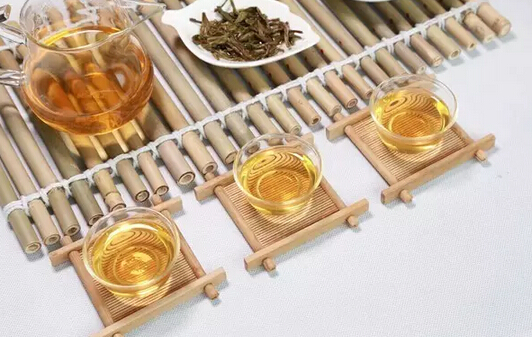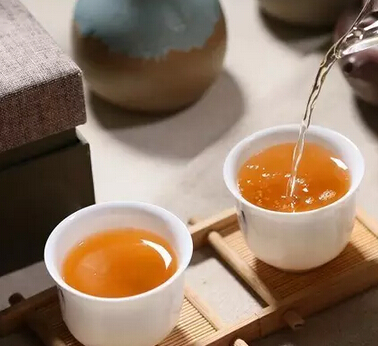Pu-erh tea is divided into raw tea and ripe tea, with different types suitable for different seasons.
The characteristics and effects of raw and ripe Pu-erh tea differ, as do their healthcare benefits for the human body. Choosing tea according to seasonal changes can better leverage the efficacy of Pu-erh tea.

Spring: Drinking Pu-erh for wellness
▼
In spring, when the body is in a state of renewal, lightly fermented raw Pu-erh or a blend of raw and ripe Pu-erh is recommended. Such tea is both warming and active, helping to dispel the cold accumulated in the body during winter, promoting the growth of yang energy, refreshing the mind, eliminating spring fatigue, and enhancing disease resistance.

Summer: Drinking Pu-erh to relieve heat
▼
During the humid and hot summer, raw Pu-erh is ideal. Its slightly bitter taste and cooling properties help clear heat, detoxify, relieve summer heat, quench thirst, and refresh the mind. Raw Pu-erh is rich in polyphenols, caffeine, amino acids, and vitamins, providing both cooling effects and nutritional benefits.

Autumn: Drinking Pu-erh to combat dryness
▼
Autumn's dry weather often causes thirst and dryness. Semi-fermented Pu-erh or a mix of raw and ripe tea is suitable. This balances the tea's properties, neither too cold nor too hot, helping to moisturize and soothe dryness, making it perfect for autumn.

Winter: Drinking Pu-erh for health
▼
Winter health focuses on staying warm and boosting immunity. Ripe Pu-erh, with its reddish-brown color and sweet, warm nature, helps retain yang energy, warm the body, and strengthen immunity. Adding milk or sugar preserves its aroma while enhancing the body's adaptability to winter conditions.